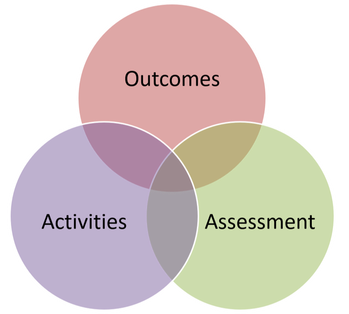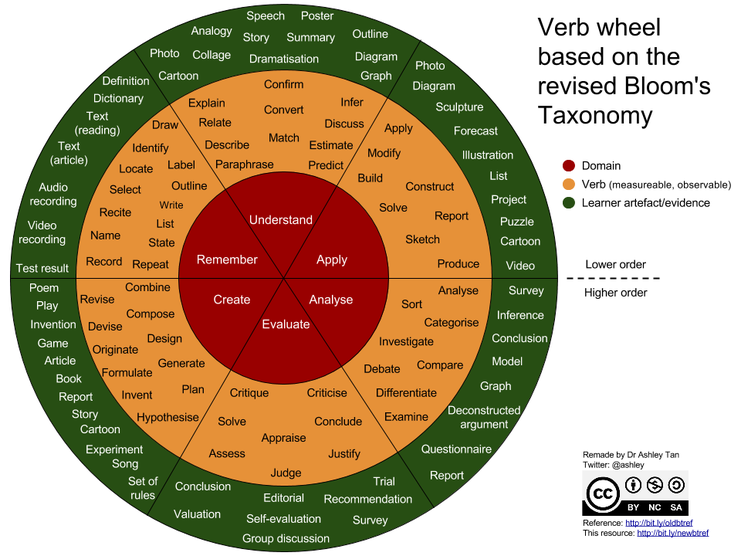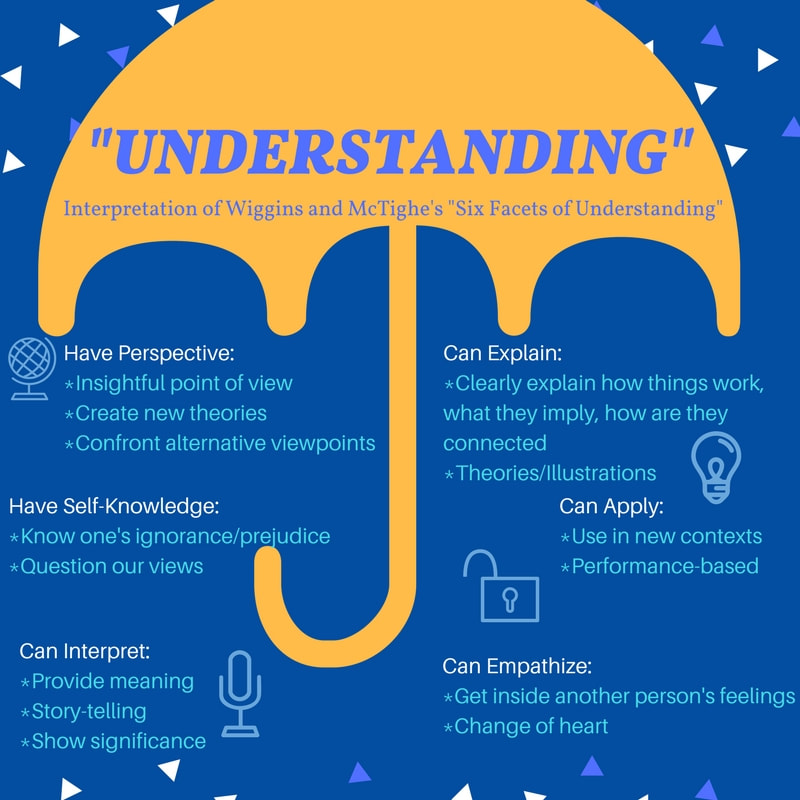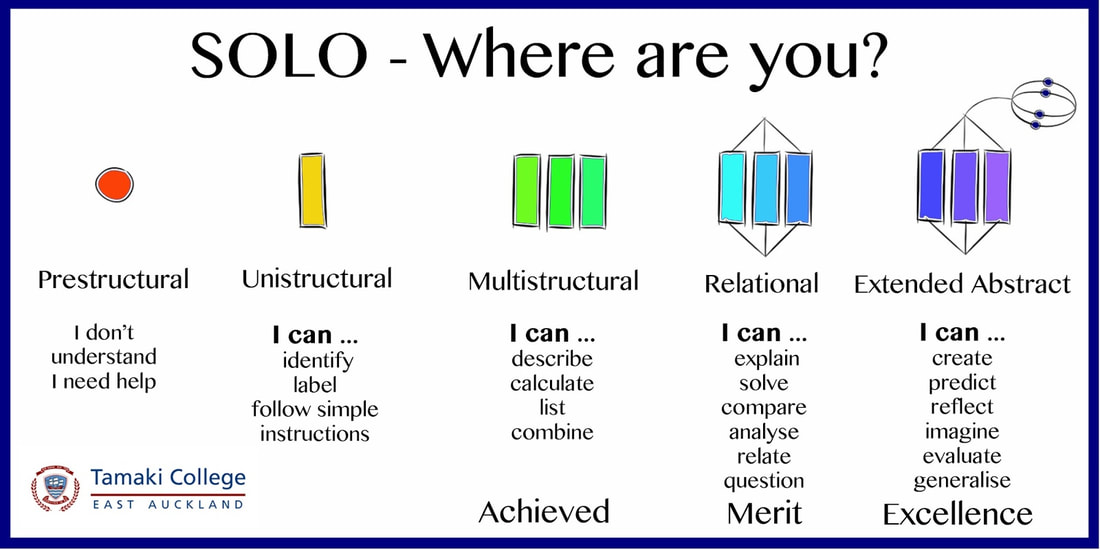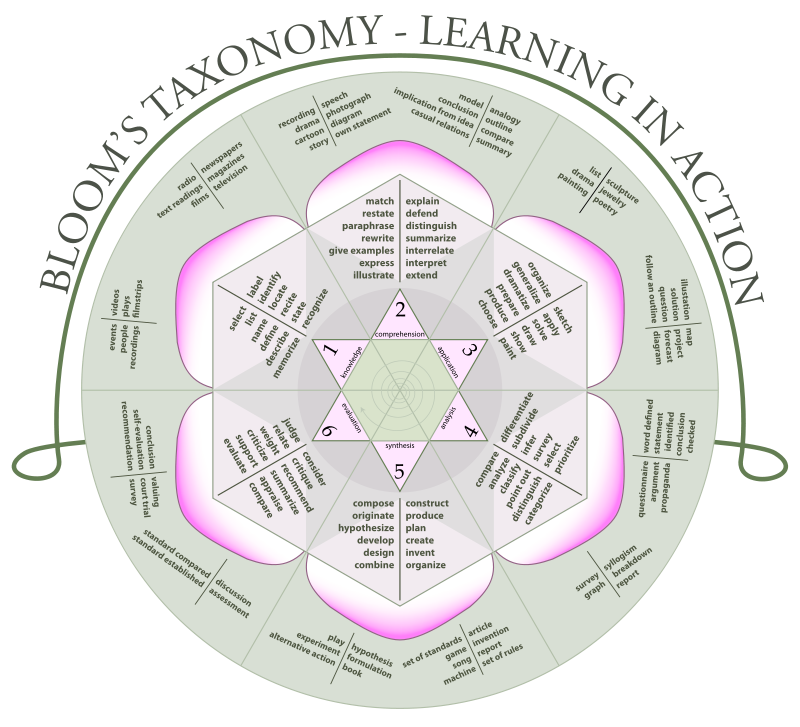Learning Outcomes
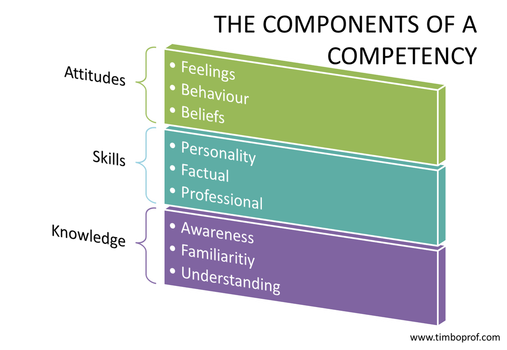
Learning outcomes describe what learners will be able to know, do and value after a learning experience.
They clearly explain the knowledge, skills, and attitudes students will gain through a course.
It is crucial to have measurable learning outcomes listed on the course outline, as they communicate expectations to the learner and help guide the instructor.
They clearly explain the knowledge, skills, and attitudes students will gain through a course.
It is crucial to have measurable learning outcomes listed on the course outline, as they communicate expectations to the learner and help guide the instructor.
SMART Learning Outcomes
|
The diagram to the left illustrates the five key principles in designing learning outcomes. They must be specific and clear, instructors must be able to measure successful completion of an outcome, and learners must be able to achieve them. Learning outcomes should also be relevant to the course and achievable within the time period allotted.
|
Making Connections
|
Once the curriculum team decides the learning outcomes for each lesson, they must decide how students will demonstrate their learning (assessment).
Next, they consider how to prepare learners for the assessments (learning activities). It's crucial that there are clear connections between the outcomes, activities, and assessments. See the next pages for more on these topics. |
Connecting to Activities & Assessments
Instructional designers often use Bloom's Taxonomy to help write learning outcomes. The graphic below lists the possible verbs to use in a learning outcome, as well as examples of activities and/or assessments. Just to give one example, if you are assessing the domain of analysis by asking student to compare, you may ask them to create and administer a survey.
More on Learning Outcomes!
Not quite satisfied with the overview above? Are you craving more theory & examples? Well, you're in luck! Below are some juicy outcomes tidbits that might help you write better outcomes for your courses.
|
The 6 Facets of Understanding
|
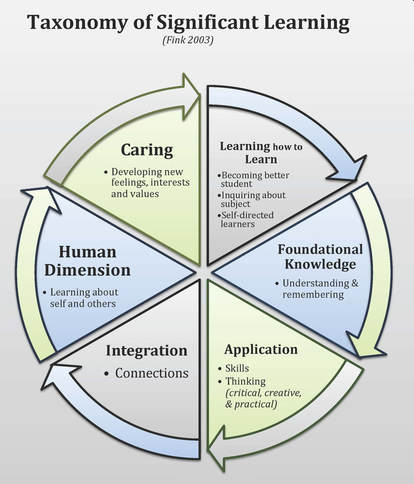
Significant Learning:
- Fink (2003) described learning as change in the learner. How can we tell what has changed in our students, or how the course has impacted them?
- In his book, Creating Significant Learning Experiences: An Integrated Approach to Designing Colleges Courses, he asks instructors to consider what students will take away from the course. What are the long-term goals? What will they remember?
- The image here shows Fink's Taxonomy of Significant Learning. Consider the various categories of learning as you write your outcomes. Will students apply their learning? Learn about themselves or others? Value a new idea or perspective? Become a self-directed learner?
SOLO Taxonomy
Another great resource that can help guide your course design is the structure of observed learning outcomes (SOLO) created by John Biggs and K. Colis. Below are two images showing the 5 levels of understanding.
Another great resource that can help guide your course design is the structure of observed learning outcomes (SOLO) created by John Biggs and K. Colis. Below are two images showing the 5 levels of understanding.
Revised Bloom's Taxonomy
And finally...the taxonomy that tops all other taxonomies...Bloom! As a teacher, I've often relied on Benjamin Bloom's classification of learning objectives, and the many articles and images that have been inspired by his ideas. Below is a final image showing the taxonomy, but be sure to check out the following websites for more great ideas:
- Revised Bloom’s Taxonomy from Iowa State University
- Bloom's Taxonomy Revised: Key Words, Model Questions and Instructional Strategies
- Bloom’s Digital Taxonomy by Andrew Churches
- Bloom et al.’s Taxonomy of the Cognitive Domain (Dr. William G. Huitt, Valdosta State University)

